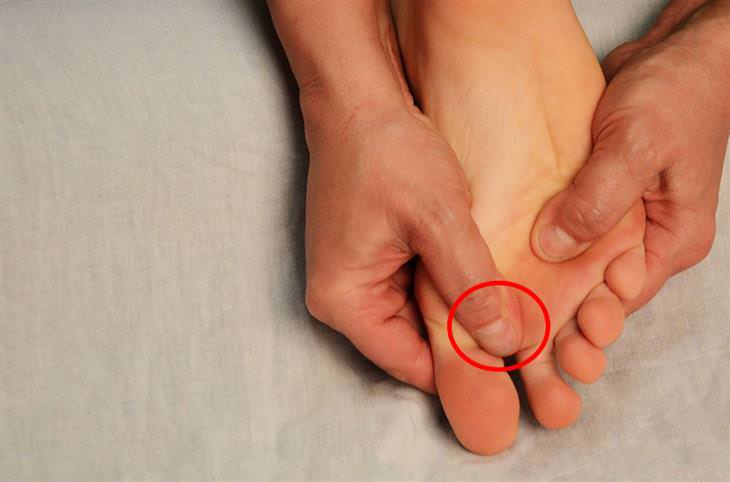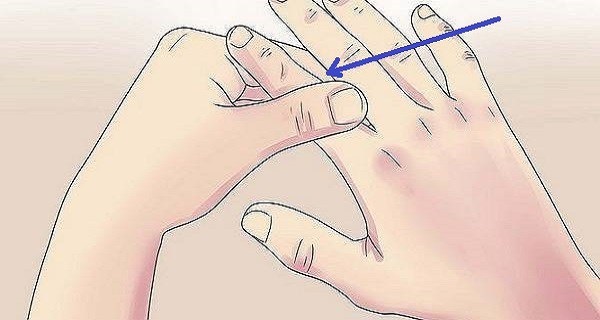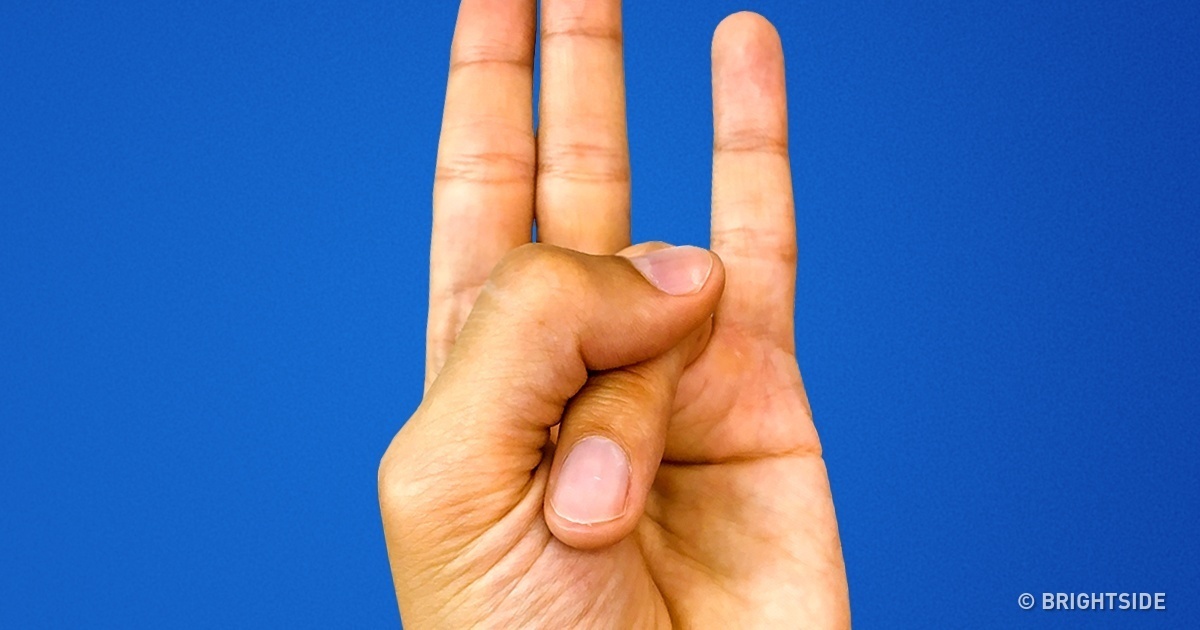Stretch your ring finger with your thumb and hold it for a few seconds - the results will simply amaze you!
|
Yoga is more than a series of physical postures – it is an ancient science that unites the mind, body, and energy. One particularly fascinating aspect of yoga is mudras – hand gestures that symbolize a connection to higher wisdom.
But here’s the intriguing part – the small yet intentional movement of your fingers holds the power to shift your energy, calm the mind, and enhance awareness.
You’ve likely seen meditators sitting peacefully with their thumbs and index fingers touching, forming a small circle while the other three fingers remain extended.
This gesture is called Gyan Mudra, and it holds deep roots in both spiritual wisdom and modern neuroscience.
In Sanskrit, "Gyan" translates to “knowledge,” while "Mudra" means “seal” or “gesture,” symbolizing a connection to higher wisdom.
“Gyan Mudra in yoga is a powerful hand gesture that represents the union of individual consciousness with universal knowledge, enhancing focus, meditation, and mental clarity during practice,” experts say.
For generations, yogis have sworn by this simple practice – also known as the “gesture of knowledge” – said to awaken a sense of inner peace and heightened awareness with just one effortless movement.
And yes, it’s believed to activate specific neural pathways in the brain while balancing the body’s five natural elements: earth, water, fire, air, and space.
Let’s explore what makes Gyan Mudra so powerful.
Finger Position and the Brain
Ancient yogis may not have had access to brain scans, but modern neuroscience confirms what they’ve known for centuries – hand movements influence brain activity. Every motion we make, including how we position our fingers, sends signals to the brain and affects our nervous system.
Gyan Mudra, in particular, is believed to stimulate the prefrontal cortex – the region responsible for problem-solving, focus, and decision-making.
A study published in the National Library of Medicine suggests that practicing Gyan Mudra for more than 20 minutes can lead to increased alpha wave activity, calming the nervous system and enhancing concentration. It helps reduce anxiety, promote relaxation, and create a sense of inner peace.
The Five Elements and Energetic Balance
In Ayurveda, the five elements – Earth, Water, Fire, Air, and Ether (Space) – exist within our bodies and are represented by our fingers. Each finger corresponds to a specific element, and when properly balanced, these elements support optimal health and well-being:
- Thumb represents Fire (Agni), linked to energy, digestion, and transformation.
- Index finger represents Air (Vayu), governing intellect, movement, and mental clarity.
- Middle finger corresponds to Space (Akasha), symbolizing intuition, openness, and expansion.
- Ring finger relates to Earth (Prithvi), providing stability, strength, and grounding.
- Little finger corresponds to Water (Jala), connected to emotions, fluidity, and communication.
Gyan Mudra specifically balances the element of Air, which is vital for mental clarity, cognitive processes, and nervous system function. By touching the index finger to the thumb, this mudra is believed to create harmony in the flow of energy, sharpen focus, and enhance awareness.
Balancing the air element within the body can lead to a calmer mind, sharper intellect, and improved emotional stability.
How to Practice Gyan Mudra
Practicing Gyan Mudra is incredibly simple, making it perfect for both beginner and experienced meditators alike.
Performing this powerful gesture is easy and can be done anywhere:
- Sit comfortably in a cross-legged position or on a chair with your spine straight.
- Rest your hands on your knees with your palms facing upward.
- Touch the tip of your index finger to the tip of your thumb, forming a circle.
- Keep the other three fingers extended but relaxed.
- Close your eyes and focus on your breath or a mantra as you meditate.
If you're seeking enhanced focus and mental clarity, try practicing Gyan Mudra in the early morning hours. For relaxation and stress relief, it works wonders before bedtime. Consistency is key, and practicing for at least 20 minutes a day can lead to noticeable improvements in your mental and emotional well-being.
Ancient Science
By practicing Gyan Mudra, you’re engaging in an ancient yet scientifically supported technique that enhances your ability to focus, process emotions, and cultivate inner harmony. Whether you're using it to deepen meditation, relieve stress, or sharpen your mind, this mudra serves as a bridge between timeless wisdom and modern neuroscience.
The next time you feel overwhelmed or distracted, try bringing your thumb and index finger together in Gyan Mudra. Take a few deep breaths, allow your mind to settle, and notice the effects. The more consistently you practice, the more you’ll experience its transformative power—both mentally and energetically.
Gyan Mudra reminds us that sometimes, the simplest practices can have the most profound impact. With just a subtle adjustment of the fingers, you can unlock a pathway to mental clarity, emotional balance, and deeper self-awareness.
Give it a try and let us know how you feel afterward! We’d love to hear your thoughts on this story—and don’t forget to share it with friends who could use a little more mental clarity in their lives!












